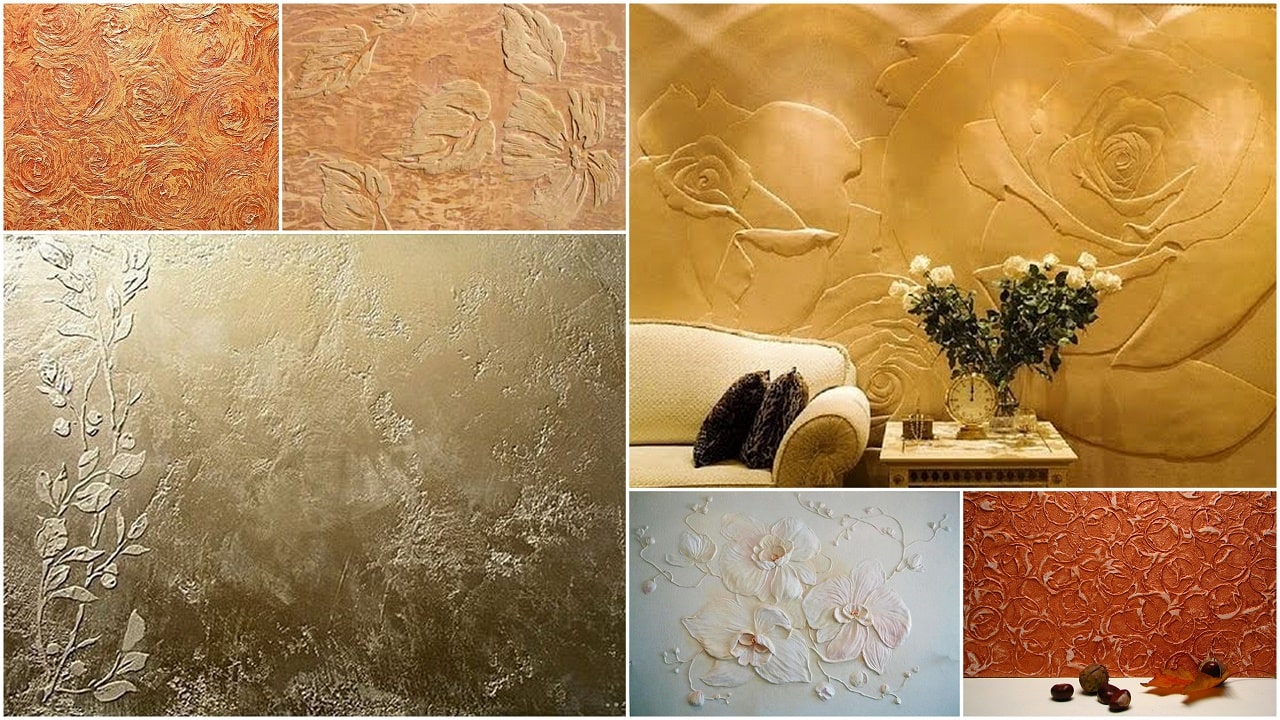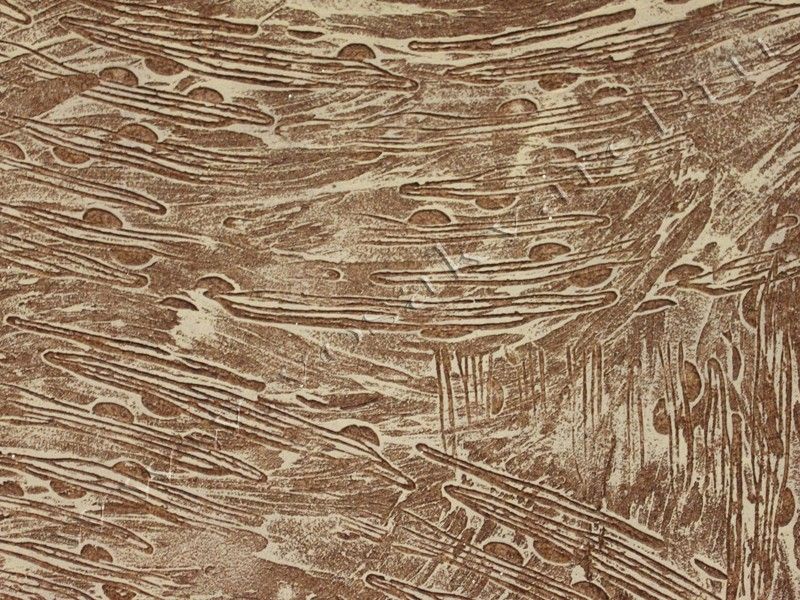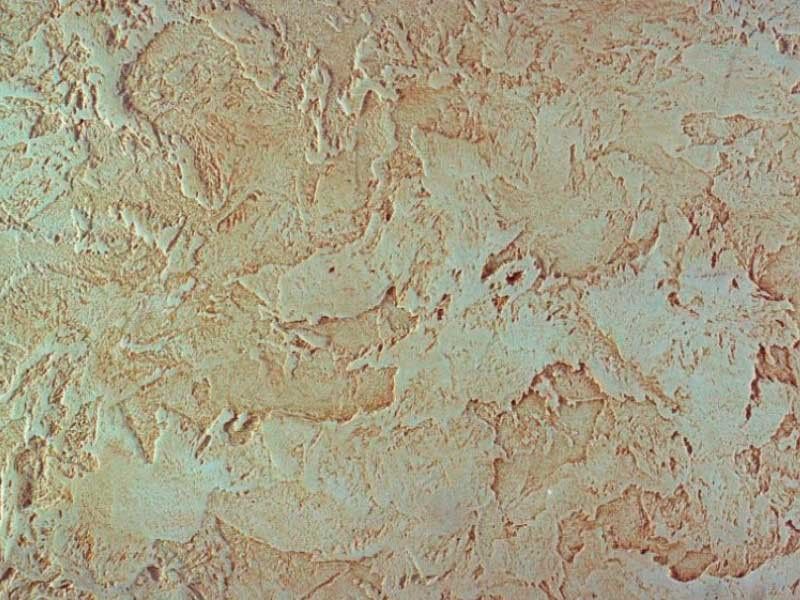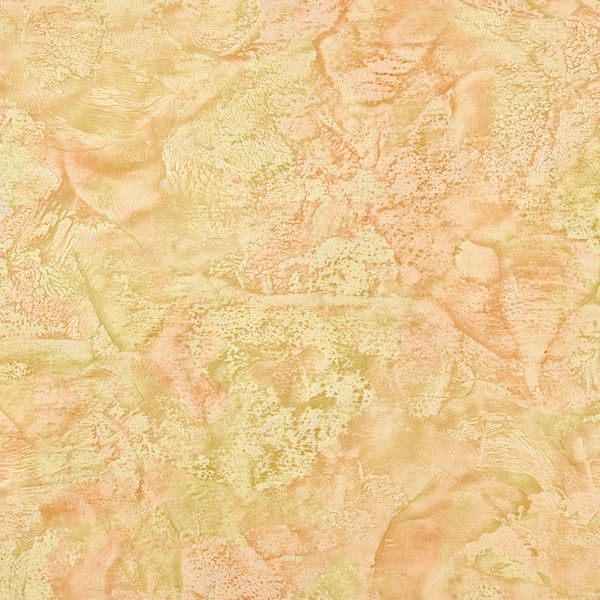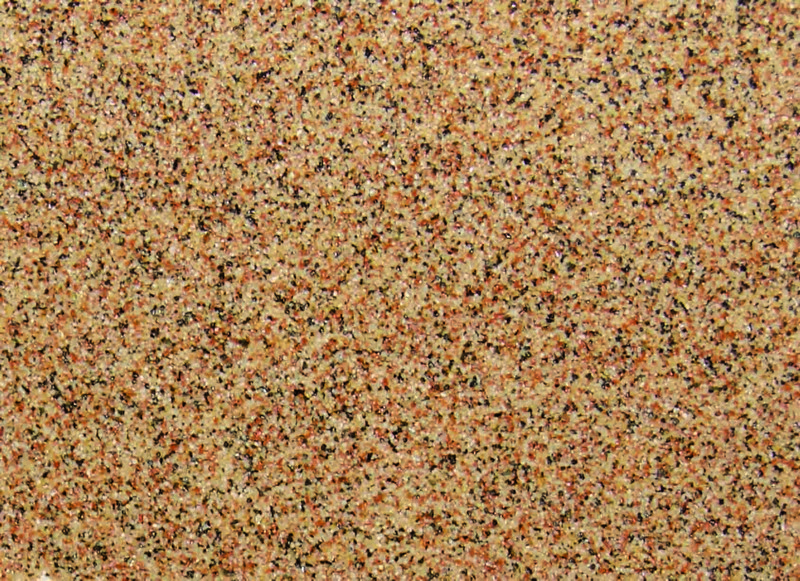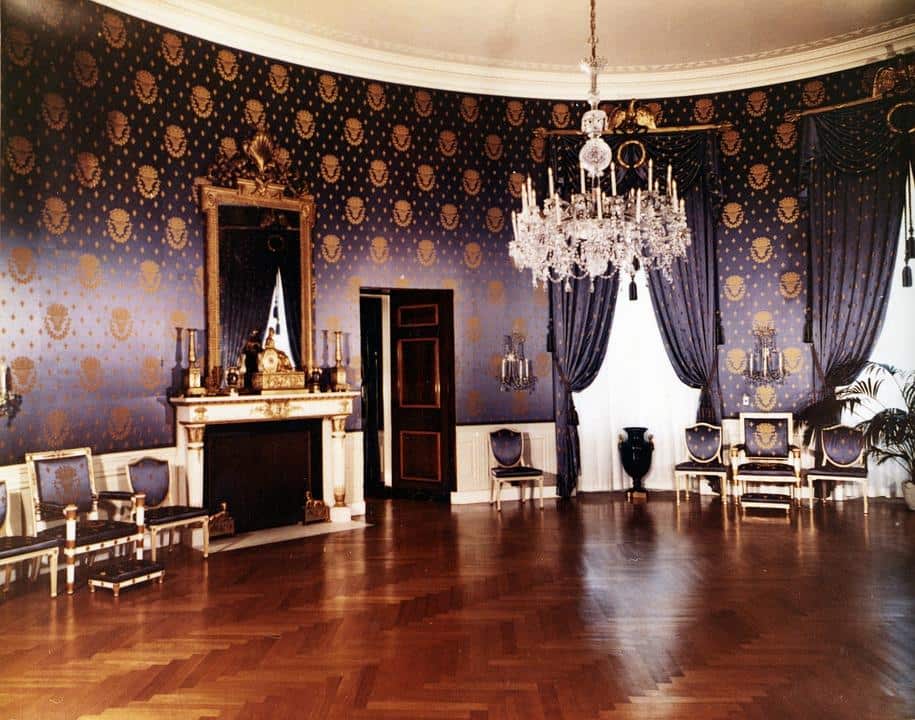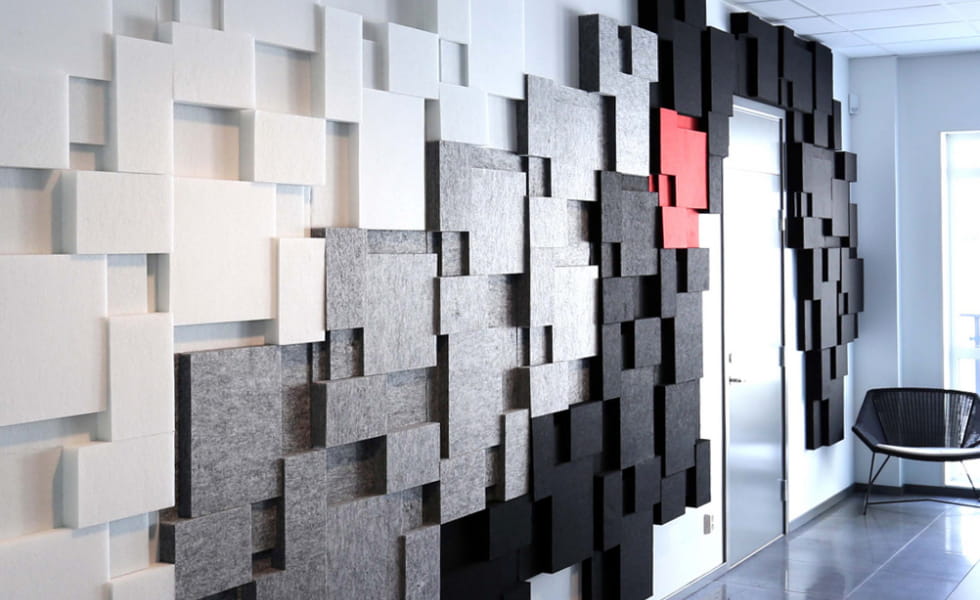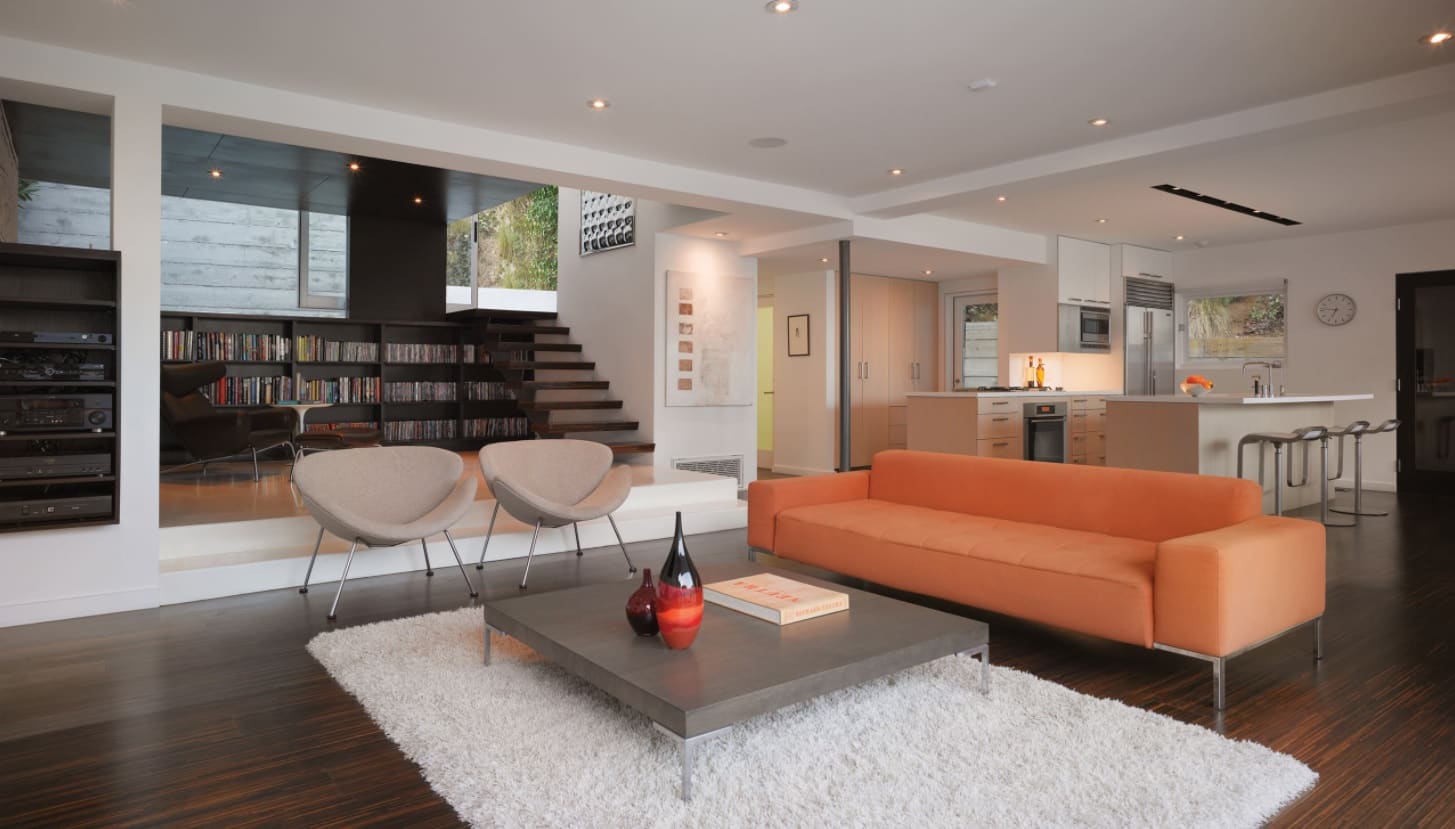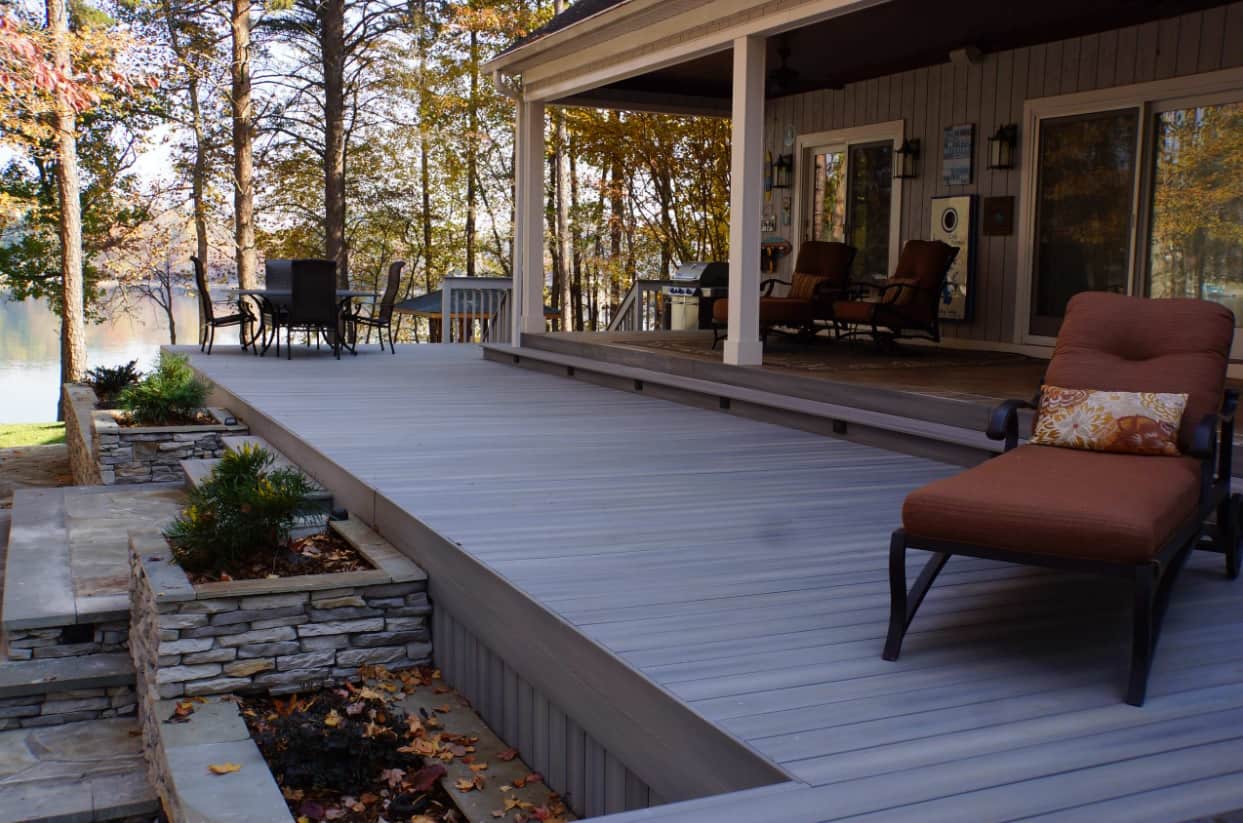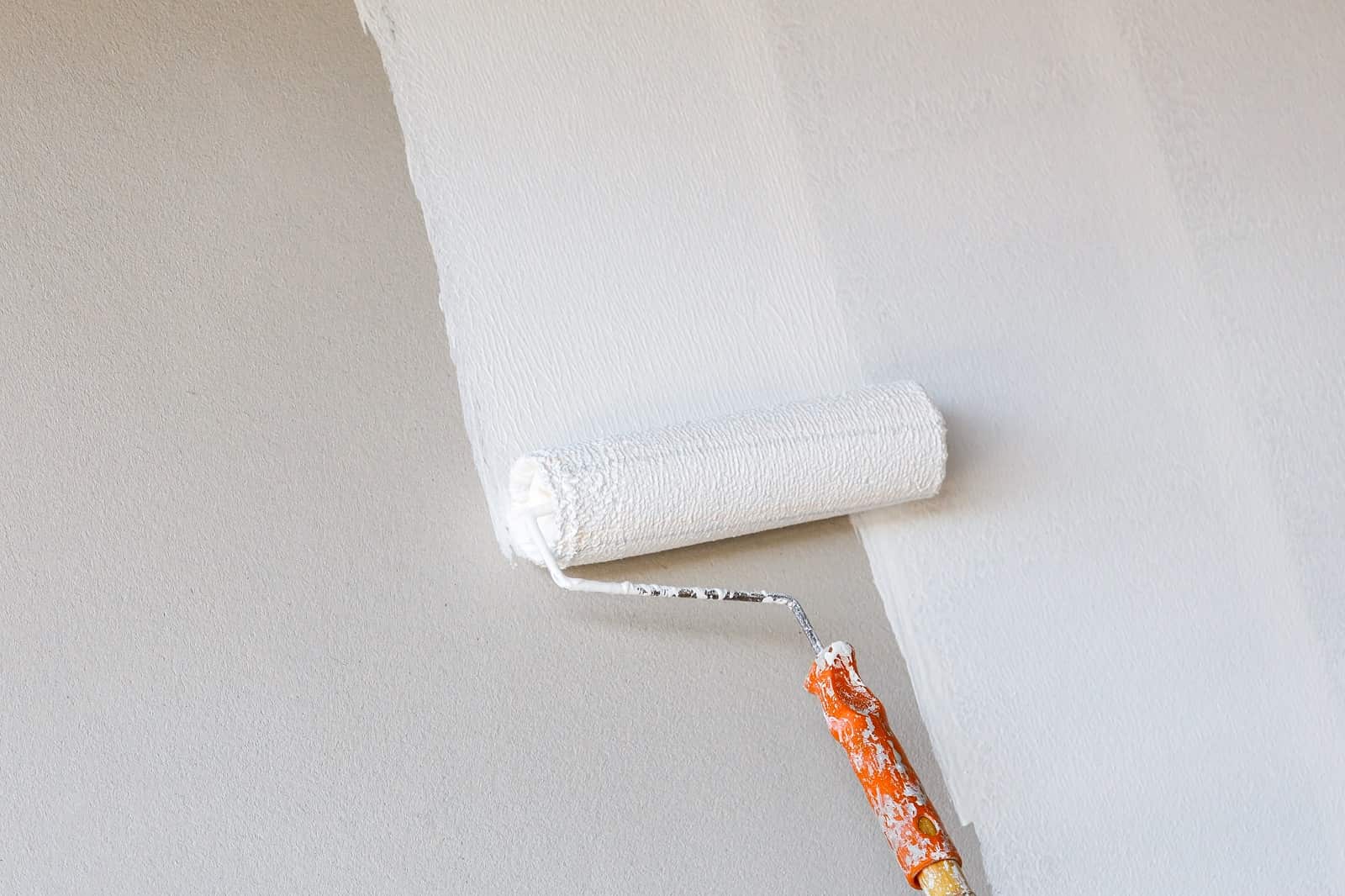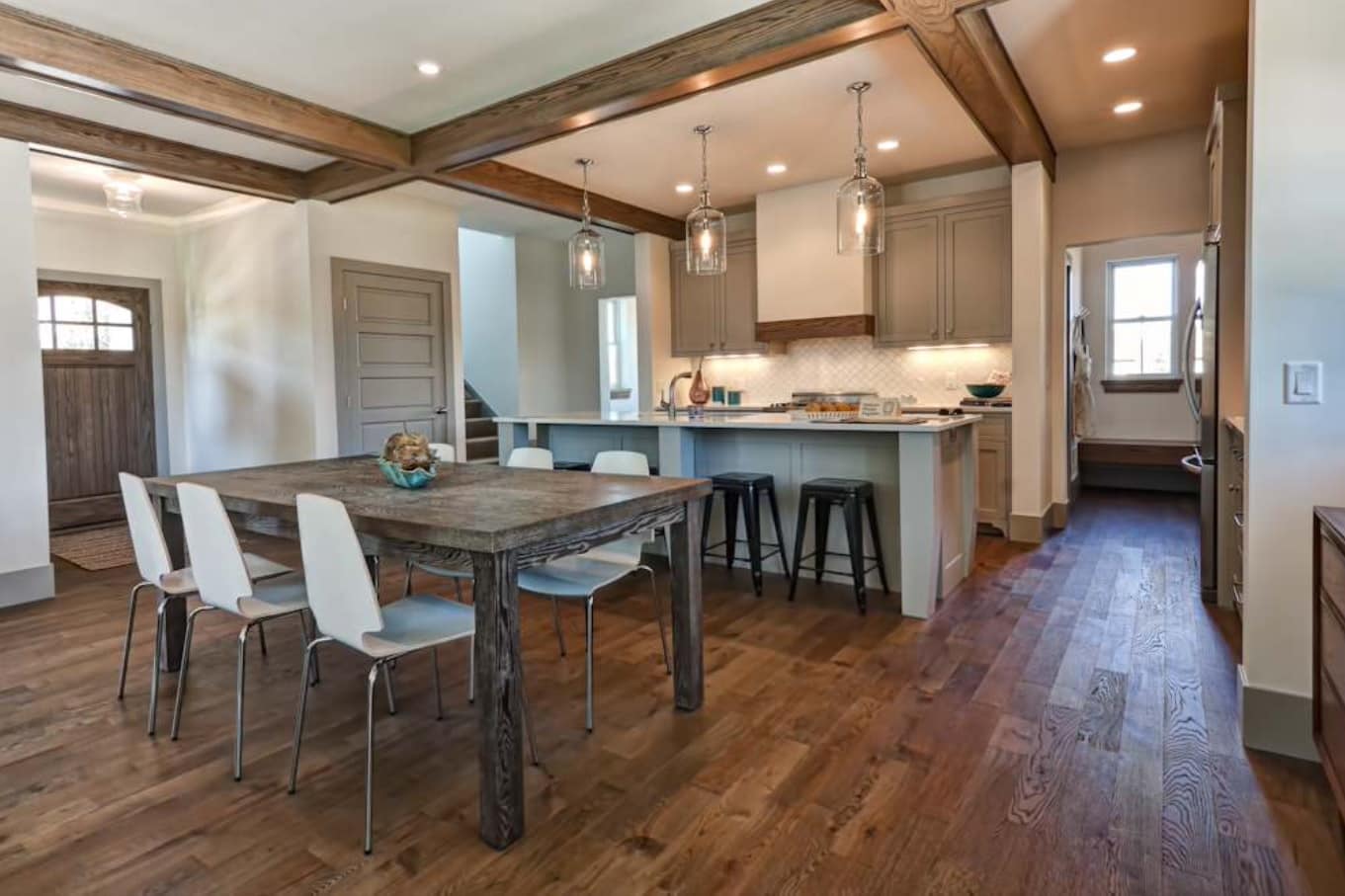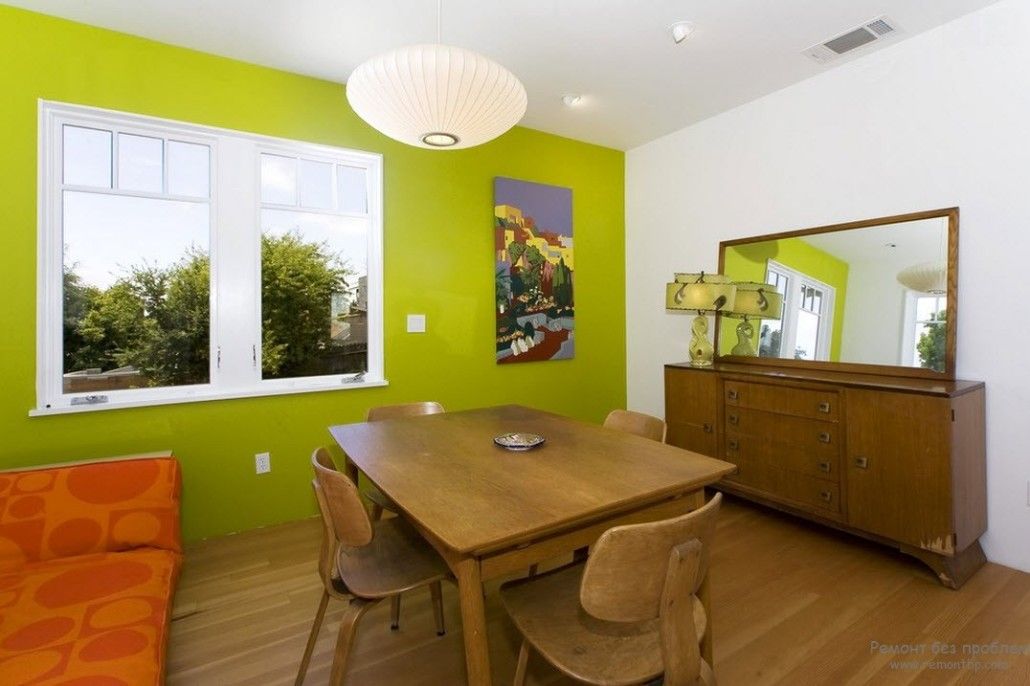For most citizens plastering is a material made of sand and cement to fill the cracks and irregularities, to align the walls for further wallpapering, painting, and so on. But with the addition of the dye material is turning into a modern kind of decoration of the room. Decorative plastering has a number of advantages, and every day is gaining popularity. The material can be divided into several types – structural (for creating furrows), texture (create relief), “Venetian” and mineral (created with the addition of marble or granite chips). Moreover, often use different paints for decorative coating of the material – capsule, mosaic, etc. For most of them, and the term was not coined. There is also universal plaster, plaster for interior and exterior use. We describe all the details below in this small decorative plastering most popular types review to inspire you.
Content:
Types of Plastering
- Structural plaster (“Woodworm”) – specific mineral plaster with individual “appearance”: the treated surface material has a non-uniform, grainy look thanks to the basis of quartz granules. The material can be divided into large- and fine-granular. By the way, the grain size of the structure ranges from 0.6 to 3 millimeters. On the whole, this structure looks great and it needs no additional decoration.
- Textured is a lesser-known material than its classmates – structural and mineral plaster. In its raw form, it resembles dough – white mass, which can be colored or covered with paint after application. In this case, the main advantage of textured plastering is its flexibility. This helps to make a variety of effects – bas-relief, mural, etc.
- “Venetian” plastering is a versatile material. On the one hand, it is able to simulate the valuable species of stone. And on the other, designers use to create drawings and other decorations on the walls. Pay attention, it has some difficulties in the work: multiple coating layers, grout, etc. If you decide to do it yourself, it will not be easy. But the result will surprise you.
- Mineral plastering is based on chips (grains), often used in the decoration of the interiors. Among other distinguishes with resistance, environmental friendliness, and relatively low price.
Features Decorative Plastering
When selecting a decorative material pay attention to the instructions and specifications. Application technique for each material is individual, so it is important to remember some details:
- Plaster with large filler applies only by hand.
- It is not necessary to dilute with water liquid materials.
- Water-based plaster is less toxic, but it is susceptible to environmental influence.
- The marble grained plaster is hard to apply manually because the structure can be lost in the process of applying.
- A material having a high adhesion rate can fail to be taken by the cover because of the loss of strength

